Places to visit - Archeological sites
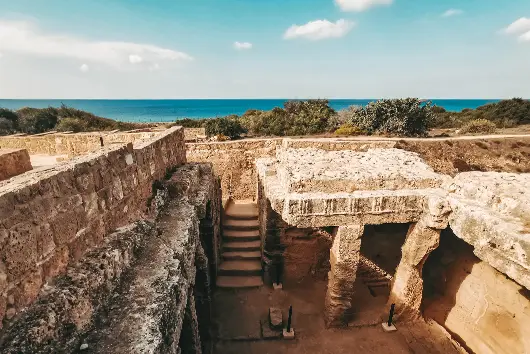
Tombs of the Kings
The famous ‘Tombs of the Kings’ form part of the Archaeological Park of Kato Pafos (Paphos) – one of the most important archaeological sites of Cyprus, included in the UNESCO World Heritage Sites list since 1980.
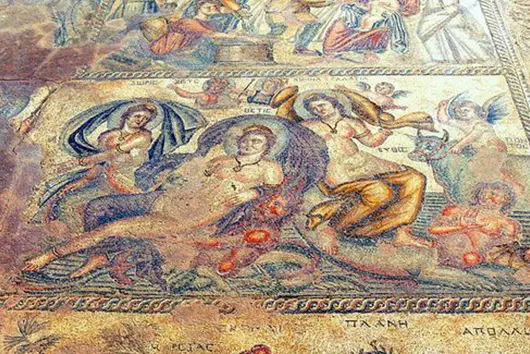
Paphos Mosaics, Ancient Odeon
In 1962 a local farmer was ploughing his field when he came across what has been described as one of the finest examples of ‘floor art’ in the Eastern Mediterranean...
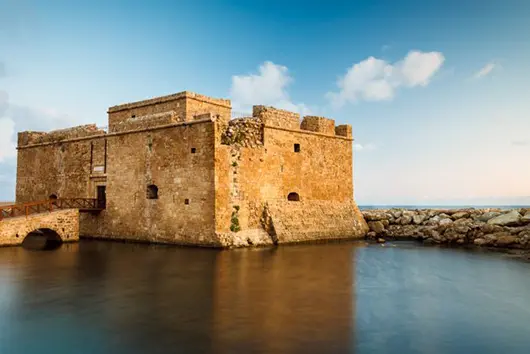
Paphos Medieval Castle/Fort
Originally a Byzantine fort built by the Lusignans in the 13th century to protect Paphos harbour from seaborne invaders, during its long history it has also been used as a prison, and as a storage area for salt...
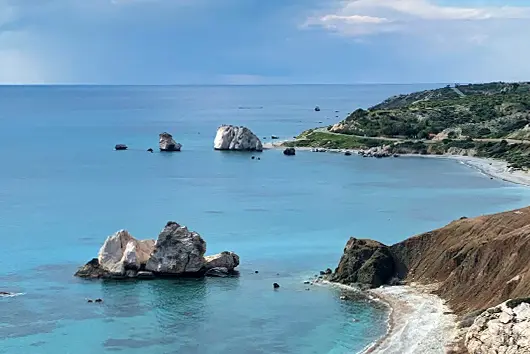
Birthplace of Aphrodite - Petra tou Romiou
Aphrodite was a truly unique woman in that she had neither a mother or a father but was born after a murder and the victim’s body was thrown into the sea, then from the foam arose a beautiful naked maiden and when she stepped ashore flowers bloomed and the sandy beach around her birthplace of Petra tou Romiou was said to have turned to green...

Adonis Baths
Situated past the fishing harbour of Latchi towards the tip of the Akamas peninsula is Aphrodite’s personal bathing pool, now this natural spring fed pool is at the end of a short nature trail...
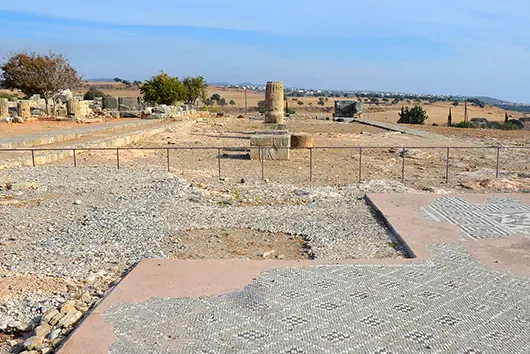
Sanctuary of Aphrodite at Palaipafos
This area was recognised by ancient Greeks as one of the main centres of pilgrimage in their world, here stood the famous (and often infamous) sanctuary of Aphrodite which dates back to the 12th century B.C...
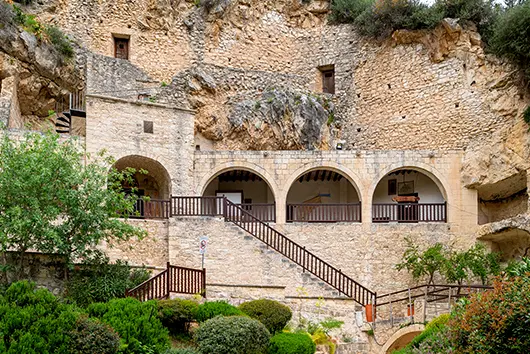
Ayios Neophytos Monastery
A turnoff on the Polis road exiting from Paphos takes you on a short by truly panoramic view of the town entering this monastery set high on the hill with one of the most perfect sea views in the area...
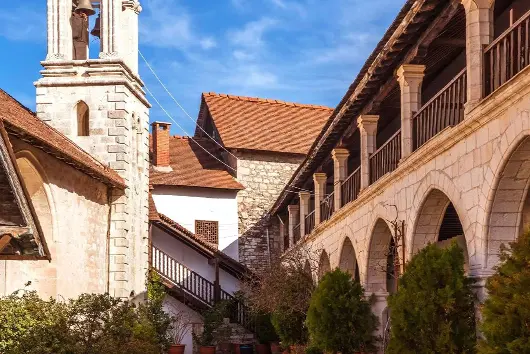
Chrysoroyiatissa Monastery
The Monastery of Chrysoroyiatissa is situated 40km north east of Paphos and sits limpet-like to the side of a hill just outside the village of Panayia ( where Archbishop Makarios was born) The monastery was dedicated in 1152 to ‘Our Lady of the Golden Pomegranate’ by the monk Ignatios who found a miraculous icon of the Virgin Mary...
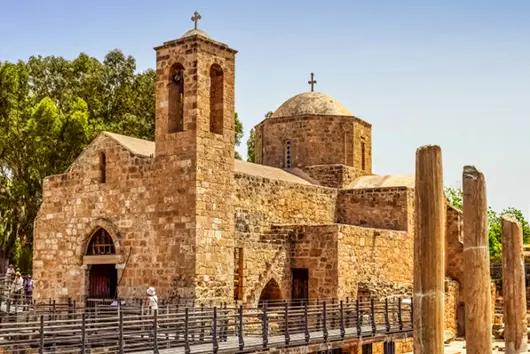
Agia Kyriaki Church, Panagia Chry
Built in the 13th century and around 100 years after its construction and following the Turkish invasion of 1570, it became the Byzantine Cathedral of Kato (Lower) Paphos...
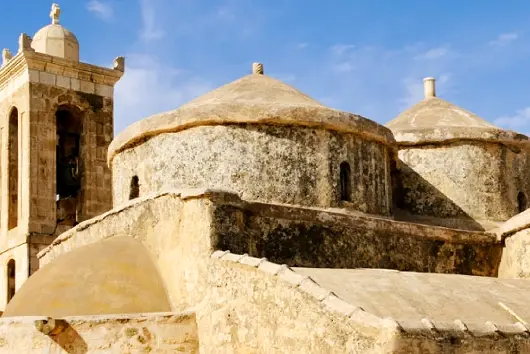
Agia Paraskevi Byzantine Church Geroskipou
Claimed as one of the finest examples of a 10th century church its structure fairly ripples with architectural marvels...
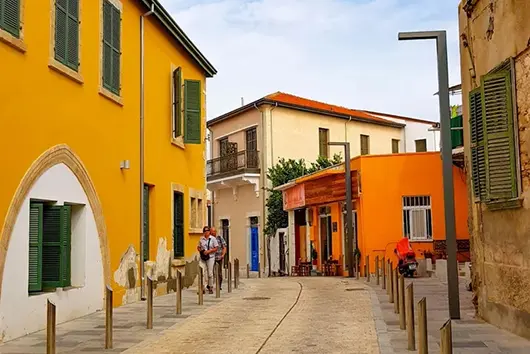
Walk the old of Paphos
A leisurely stroll through a “classical” part of town with a visit to the Byzantine Museum, Ethnographical Museum, and the Paphos Archaeological Museum with its collection of glorious finds from the Paphos area...